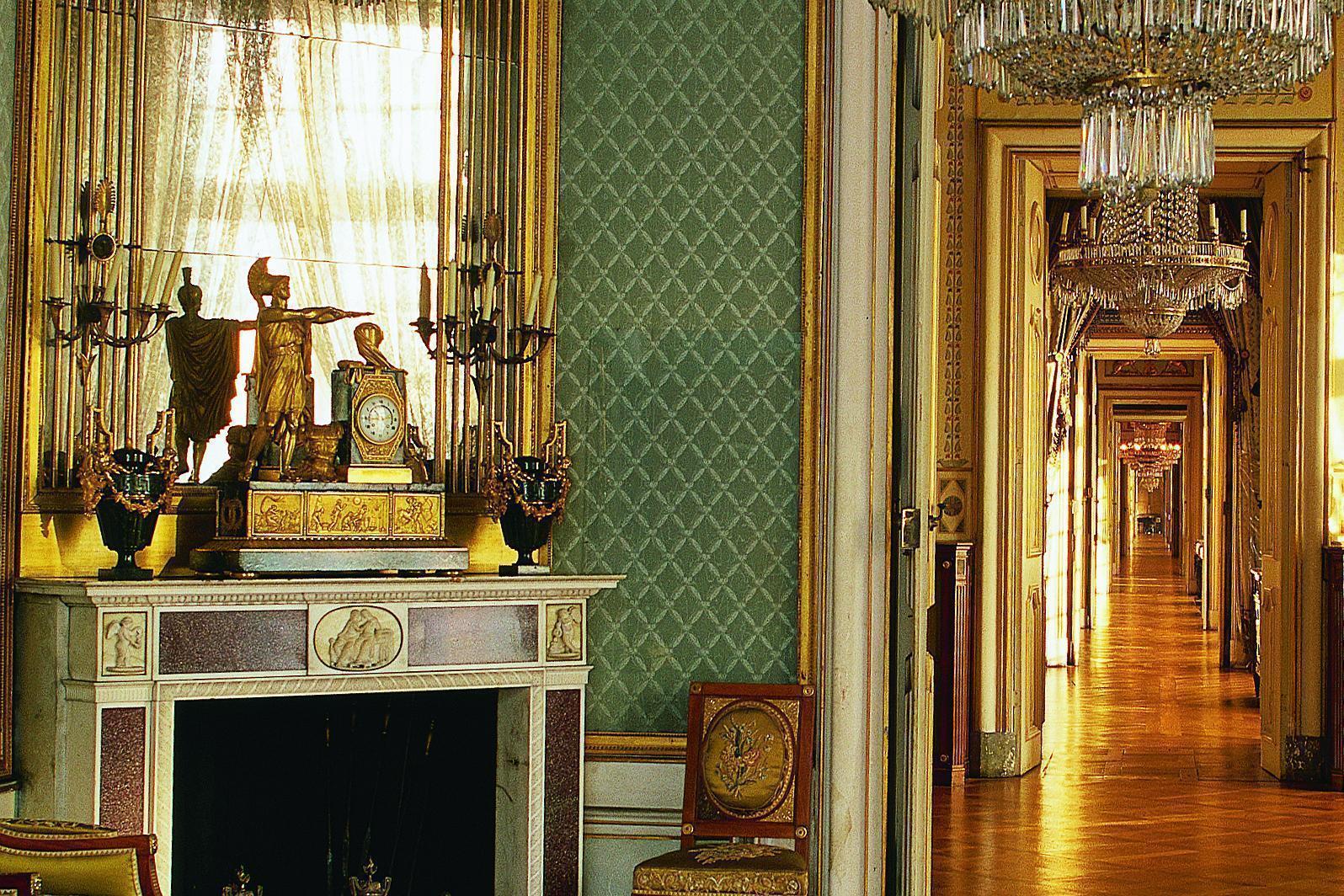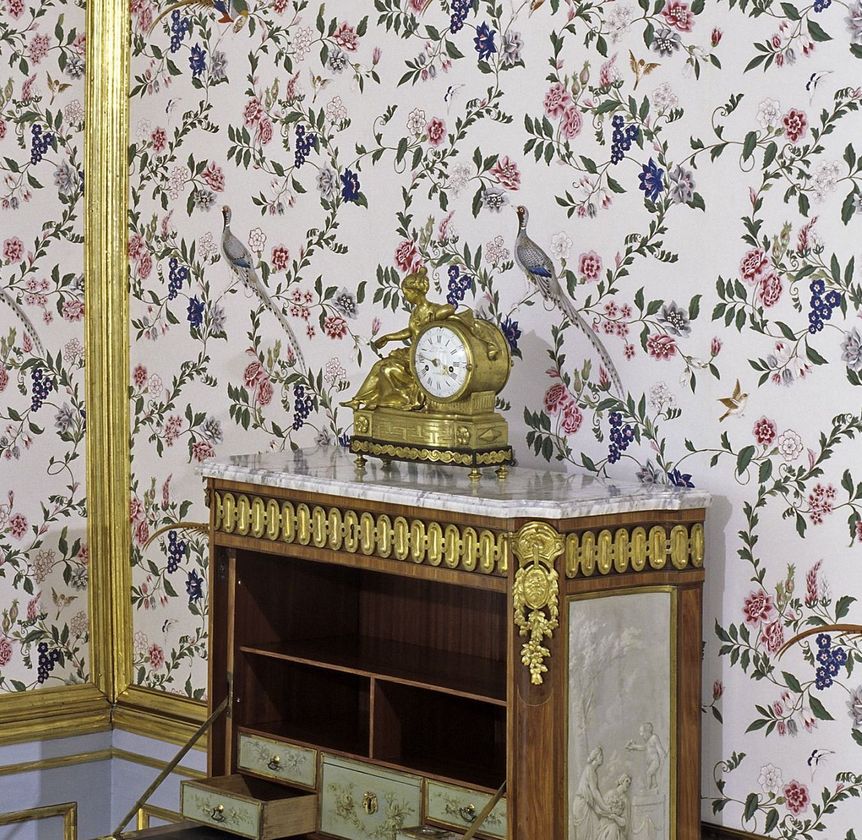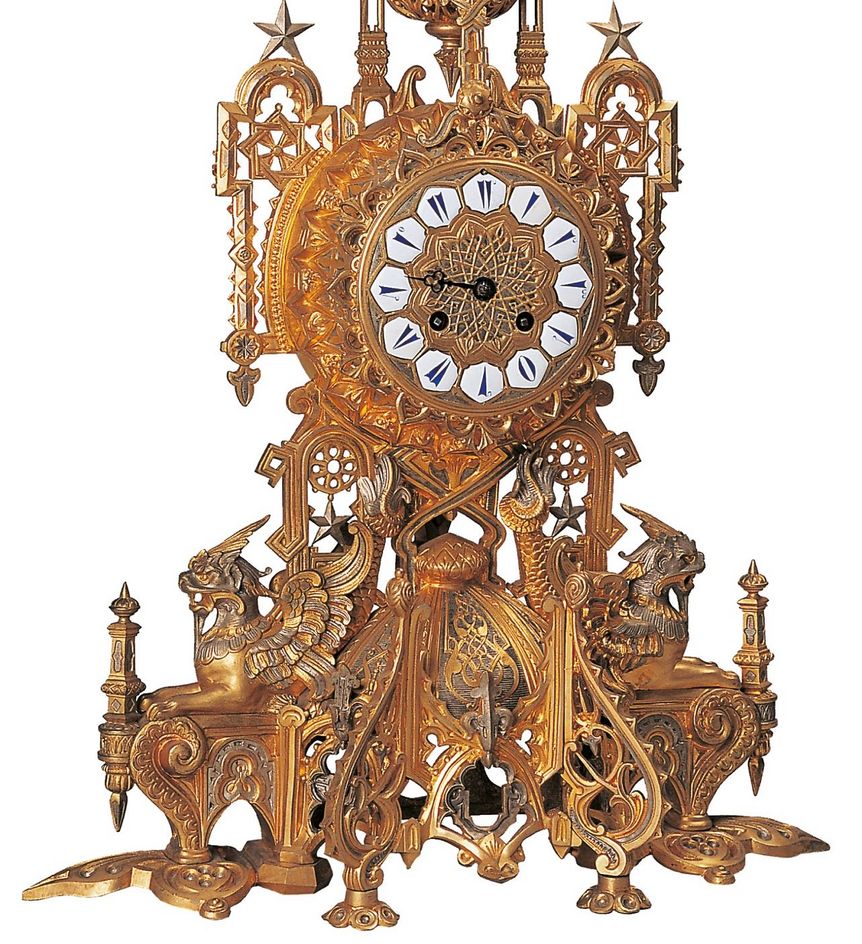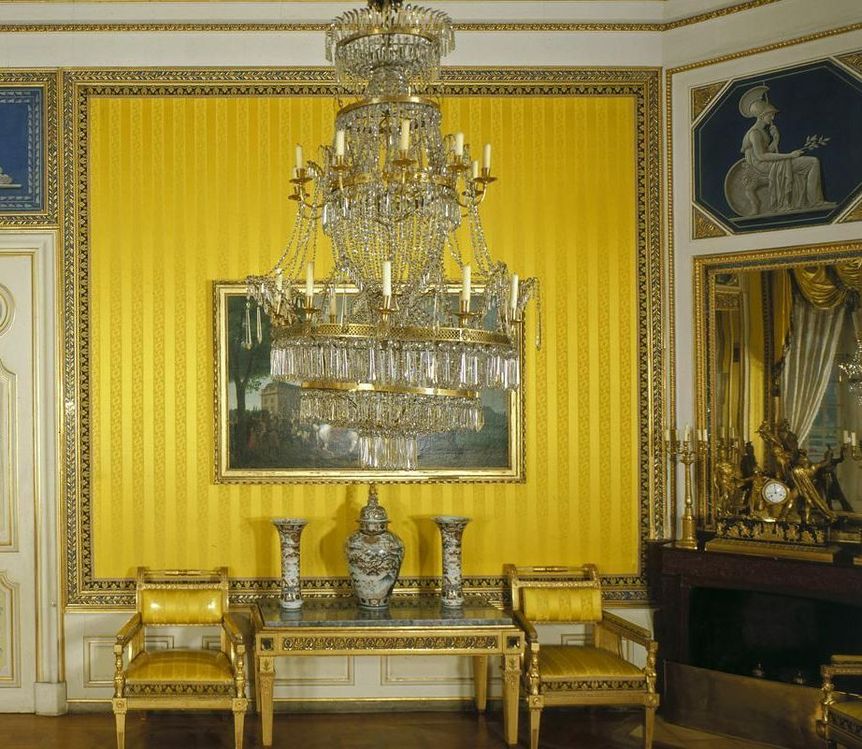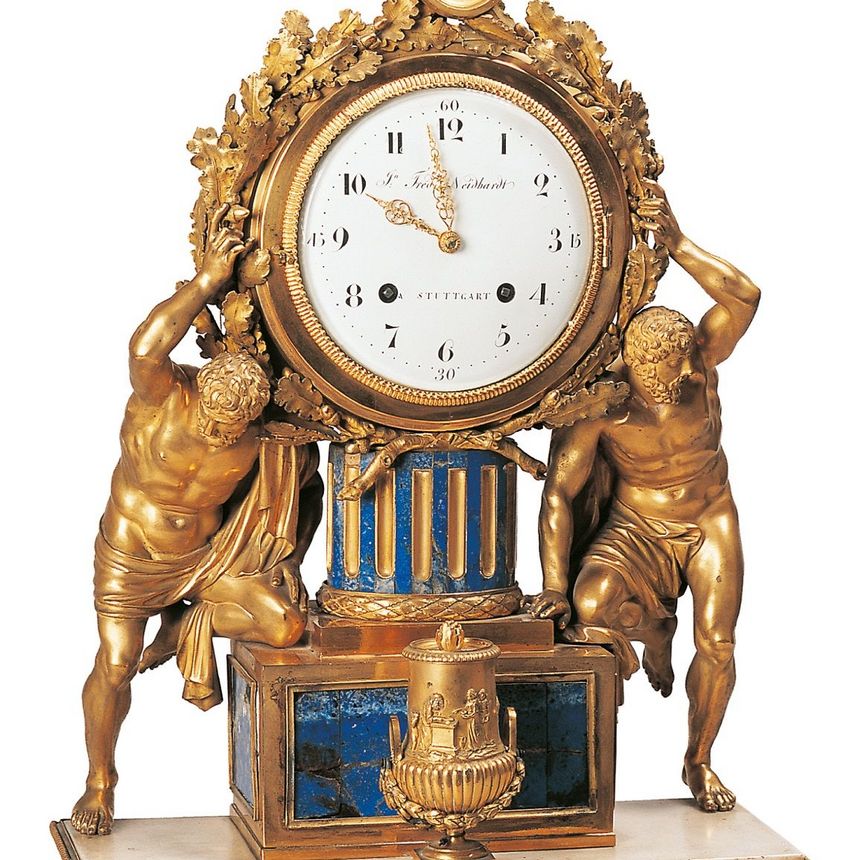Witnesses of timeFrench clocks
It was predominantly King Friedrich I von Württemberg who had valuable clocks made or purchased in Paris, which was a center of clock making, or had them made in the French style by his court carpenter. The clocks, made of wood, gilded bronze or marble, were often a fixed feature in a room's decor.



